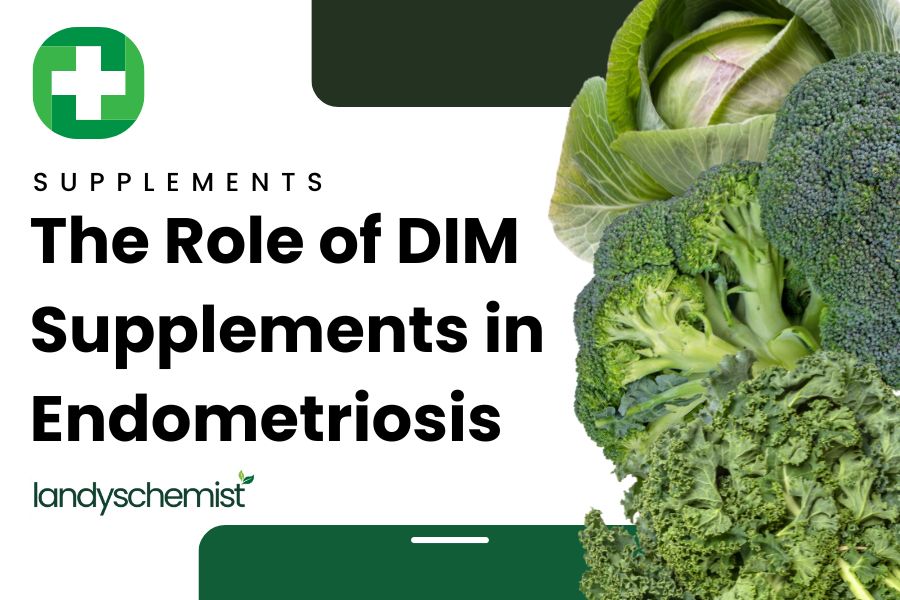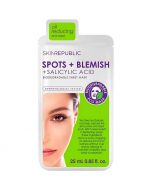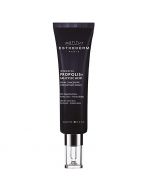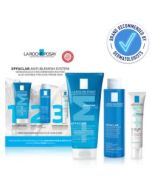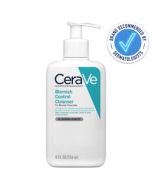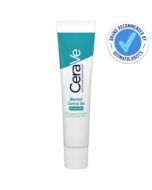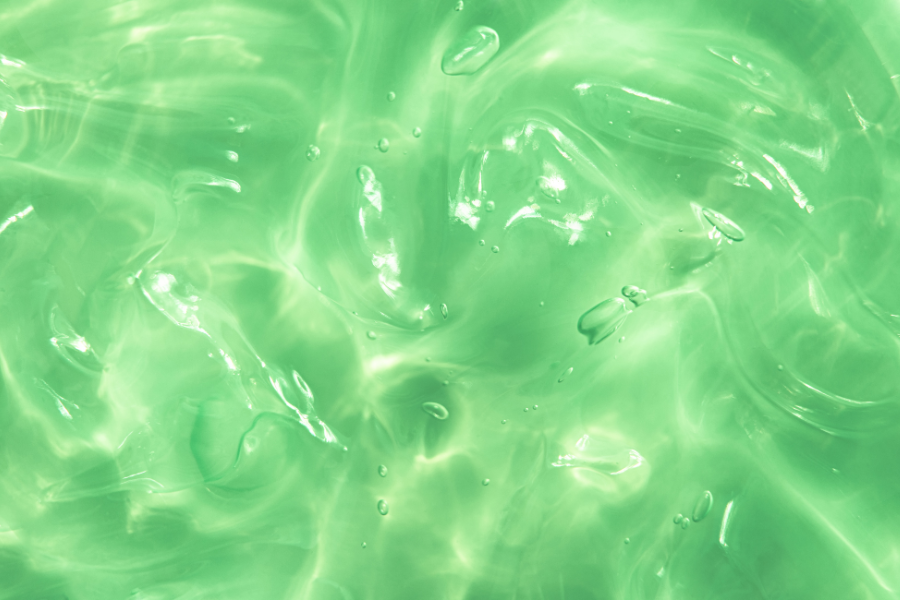
The Skincare Ingredients Guide: Beta Hydroxy Acids (BHAs)
Discover the power of beta hydroxy acids (BHAs) with our comprehensive skincare guide. From understanding the science behind BHAs to incorporating them into your routine, this guide covers it all. Learn how BHAs, such as salicylic acid, can effectively help you achieve clear and smooth skin.
What are Beta Hydroxy Acids?
Beta hydroxy acids are a class of oil-soluble chemical exfoliants. Our skin is made up of a barrier of lipids and fats in the stratum corneum (refer to figure A). Since BHAs are oil-soluble, they are able to bypass this barrier to penetrate and work within the skin at a deeper level unlike alpha hydroxy acids (AHAs).
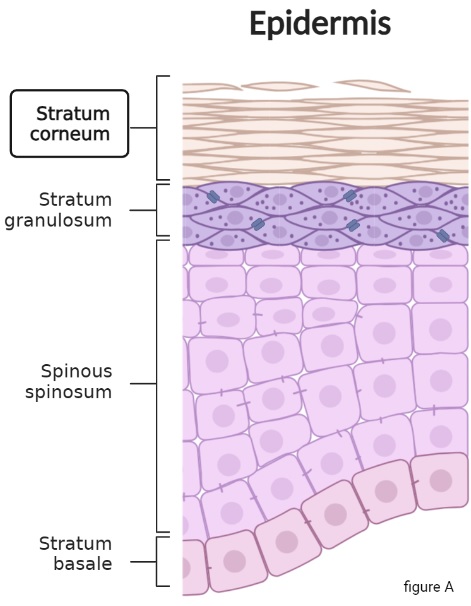
More potent BHA solutions can reach the pilosebaceous unit which is present in the dermis (figure B and C).
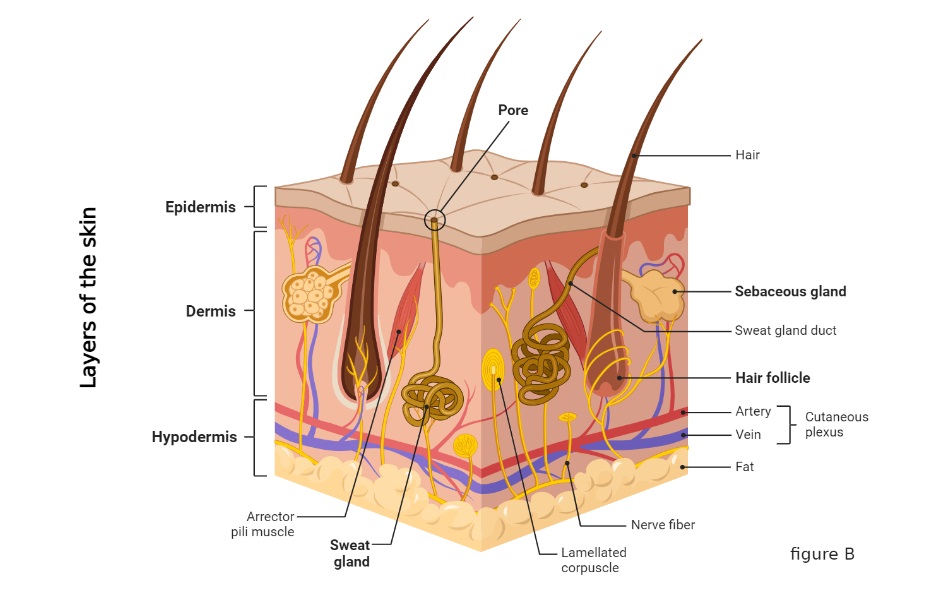
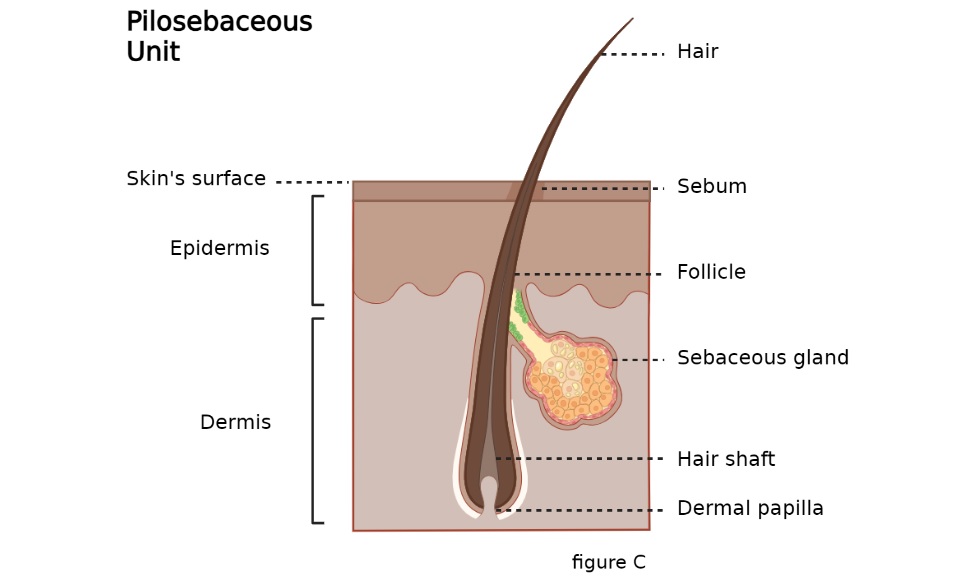
The pilosebaceous unit consists of a hair follicle which extends from the epidermis down into the dermis (figure C). The pilosebaceous unit plays a crucial role in maintaining hair and skin health. The hair follicle produces hair, while the sebaceous gland is responsible for producing sebum, a natural oil that moisturises and protects the skin and hair. The sebum travels up the hair shaft and reaches the skin's surface, keeping it hydrated and providing a protective barrier. However, when the pilosebaceous unit becomes imbalanced, issues such as acne can arise. Excess sebum production, clogged hair follicles, and bacterial growth within the unit can lead to the development of acne lesions. Proper care and maintenance of the pilosebaceous unit are essential for maintaining healthy skin and hair. BHA’s play a significant role in the pilosebaceous unit as they are able to penetrate the hair follicle, helping to remove excess sebum, debris, dead skin cells, and preventing clogged pores.
Sourcing Beta Hydroxy Acids
BHAs are not naturally present in our skin. They are primarily sourced from a naturally occurring compound called salicylic acid. Apart from salicylic acid, there are a few other types of beta hydroxy acids (BHAs) that are used in skincare. Here are some examples of different types of BHAs and their sources:
- Salicylic Acid: Sourced from the bark of the willow tree (Salix alba) or synthesised in a lab.
- Betaine Salicylate: Derived from salicylic acid through a chemical modification process.
- Tropic Acid: Found naturally in the fruits of the summer savory plant (Satureja hortensis).
- Lipohydroxy Acid (LHA): A derivative of salicylic acid that is modified to enhance its lipophilic (oil-loving) properties.
Beta Hydroxy Acids in Skincare
When incorporating beta hydroxy acids into skincare, there are a few factors that make each formulation unqiue:
Concentration:
BHAs are typically incorporated into skincare products at concentrations ranging from 0.5% to 2%. The specific concentration used depends on factors such as the desired efficacy, skin type, and individual skin tolerance. Lower concentrations (e.g., 0.5%) are often recommended for individuals with sensitive skin, while higher concentrations (e.g., 2%) may be suitable for those with more resilient skin or specific skin concerns.
pH Level:
The pH level of skincare products containing BHAs is crucial for their effectiveness. BHAs, such as salicylic acid, exhibit optimal exfoliating properties within a specific pH range. The ideal pH range for salicylic acid to work effectively is around 3 to 4. At this acidic pH, salicylic acid can efficiently penetrate the skin, exfoliate the outer layers, and unclog pores.
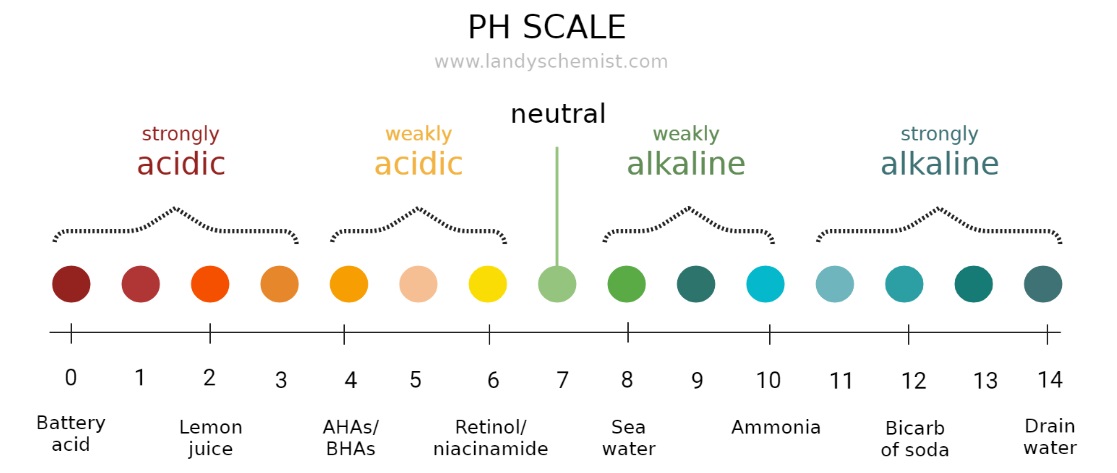
Formulation:
To incorporate BHAs into skincare products, formulators employ various techniques. BHAs are often used in leave-on products such as serums, toners, or spot treatments. However, they can also be found in cleansers, masks, and other types of skincare formulations.
Key Benefits of BHA Skincare
BHAs offer a multitude of key benefits for the skin, ranging from exfoliation and acne treatment to pore refinement and oil control. Here are the key benefits:
1. Exfoliation:
BHAs are a powerful exfoliating agent that helps remove dead skin cells from the surface of the skin. By promoting exfoliation, BHA reveals fresher, healthier skin underneath, resulting in a smoother and more radiant complexion.
2. Unclogs Pores:
One of the key benefits of BHA is its ability to penetrate the pores. It works by dissolving excess oil and sebum, helping to unclog pores and prevent the formation of blackheads and whiteheads. Regular use of BHA can lead to a reduction in the appearance of enlarged pores and a decrease in acne breakouts.
3. Acne Treatment:
BHA is highly effective in treating acne-prone skin. Its exfoliating and pore-clearing properties help to prevent the formation of acne lesions. BHA also possesses anti-inflammatory properties, which can help calm redness and inflammation associated with acne.
4. Oil Control:
BHAs are particularly beneficial for individuals with oily skin or those experiencing excessive oiliness in certain areas of the face. BHA helps regulate sebum production, reducing shine and keeping the skin's oiliness under control.
5. Smoothing and Refining Texture:
Regular use of BHA can help improve the overall texture and tone of the skin. By exfoliating the skin's surface, BHA minimises the appearance of roughness, unevenness, and fine lines, resulting in smoother and more even skin.
6. Anti-Aging Effects:
BHA's exfoliating properties help stimulate cell turnover, promoting the production of new, youthful skin cells. By encouraging the growth of new cells, BHA can help reduce the appearance of wrinkles and fine lines, resulting in a more youthful complexion.
7. Brightening and Even Skin Tone:
BHA's exfoliating action also helps to fade hyperpigmentation, dark spots, and acne scars, leading to a more even and brighter complexion. BHA can be particularly beneficial for individuals dealing with post-inflammatory hyperpigmentation caused by acne.
8. Pore Refining:
BHA's ability to penetrate the pores and clear out debris helps to minimise the appearance of enlarged pores over time. By keeping the pores clean and unclogged, BHA contributes to a smoother and more refined skin texture.
9. Suitable for Various Skin Types:
BHAs, especially salicylic acid, are well-tolerated by different skin types, including oily, acne-prone, and sensitive skin. The lipophilic nature of BHA allows it to work effectively on the skin's surface and within the pores without causing excessive dryness or irritation.
How To Use:
It's important to start with a lower concentration (around 0.5%-2%) and gradually increase if necessary to minimise the risk of irritation. Incorporate it into your skincare routine 2-3 times a week, adjusting the frequency based on your skin's sensitivity and response. Remember to moisturise and apply sunscreen afterward as salicylic acid can make your skin more sensitive to the sun.
When to expect visible results:
The time it takes to see the results and effects of beta hydroxy acids (BHAs), such as salicylic acid, can vary depending on several factors, including the individual's skin type, the specific product used, and the frequency of application. Generally, some people may notice visible improvements in their skin within a few days to a couple of weeks of consistent use.
Skincare Ingredients that pair well with BHAs
When incorporating beta hydroxy acids (BHAs) into your skincare routine, there are several other ingredients that can complement their effects and provide additional benefits. Here are some skincare ingredients that pair well with BHAs:
- Hyaluronic Acid: BHAs can be slightly drying, so hyaluronic acid can help replenish moisture and maintain skin hydration. It's a humectant that attracts and retains moisture in the skin, resulting in a plump and hydrated complexion.
- Niacinamide: This vitamin B3 derivative is known for its soothing and anti-inflammatory properties. Niacinamide can help minimise redness, regulate oil production, and improve the overall texture and appearance of the skin. When used with BHAs, it can enhance the acne-fighting and pore-clearing effects.
- Ceramides: BHAs can compromise the skin barrier, but ceramides can help repair and strengthen it. Ceramides help retain moisture, improve skin elasticity, and create a protective barrier against environmental aggressors. They work in synergy with BHAs to maintain a healthy skin barrier function.
Skincare Ingredients to avoid using with BHAs
There are several skincare ingredients you should avoid layering, or using together with BHAs to avoid irritation to the skin’s barrier:
- Alpha Hydroxy Acids (AHAs): AHAs, such as glycolic acid and lactic acid, are another type of exfoliating acids. While they can be effective on their own, combining AHAs with BHAs may increase the risk of skin irritation and sensitivity. It's generally recommended to use BHAs and AHAs separately to avoid over-exfoliation and potential skin damage.
- Benzoyl Peroxide: Benzoyl peroxide is commonly used for treating acne. While both benzoyl peroxide and BHAs can help address acne concerns, using them together may increase the risk of skin dryness and irritation. It's advisable to alternate their usage or use them in different steps of your skincare routine to minimize potential irritation.
- Retinoids: Retinoids, including prescription-strength retinoids like tretinoin or over-the-counter retinol, can be powerful anti-aging ingredients. However, combining them with BHAs can lead to increased skin sensitivity, dryness, and potential irritation. It's generally recommended to use BHAs in the morning and retinoids in the evening, or on alternate days, to avoid overloading the skin.
- Vitamin C: When these two ingredients are combined and layered directly on the skin, the pH levels may become too low and cause irritation or compromise the efficacy of both ingredients. Moreover, the combination of vitamin C and BHAs can be harsh on sensitive or reactive skin, potentially leading to redness, dryness, and increased skin sensitivity.
If you want to combine these skincare ingredients it is generally recommended to use them at different times of the day or on alternate days.
Recommendations:
We have a range of BHA products, but we here are some of our top recommendations that can support your skincare routine:
CeraVe Blemish Control Cleanser: With 2% salicylic acid and soothing niacinamide, this gentle cleanser effectively unclogs pores to prevent breakouts and regulate sebum production for those with blemish-prone skin.
Esthederm Intensive Propolis & Salicylic Acid Serum: A concentrated serum, enriched with Salicylic Acid, that treats blemishes for an even and clear skin tone. This purifying and decongestant serum contains highly concentrated propolis for the care of hyperseborrheic skin or acne-prone.
Summary
- BHAs, such as salicylic acid, are effective for treating acne and blemishes by deeply penetrating the pores and unclogging them.
- Start with a lower concentration of BHA products (around 0.5%-2%) to minimise the risk of skin irritation and gradually increase if necessary.
- When using BHAs, it's important to moisturise and apply sunscreen afterward to protect and hydrate the skin, as BHAs can make the skin more sensitive to the sun.
By Rhysa Phommachanh, BA (Hons) Specialist in Skincare and Media Makeup



